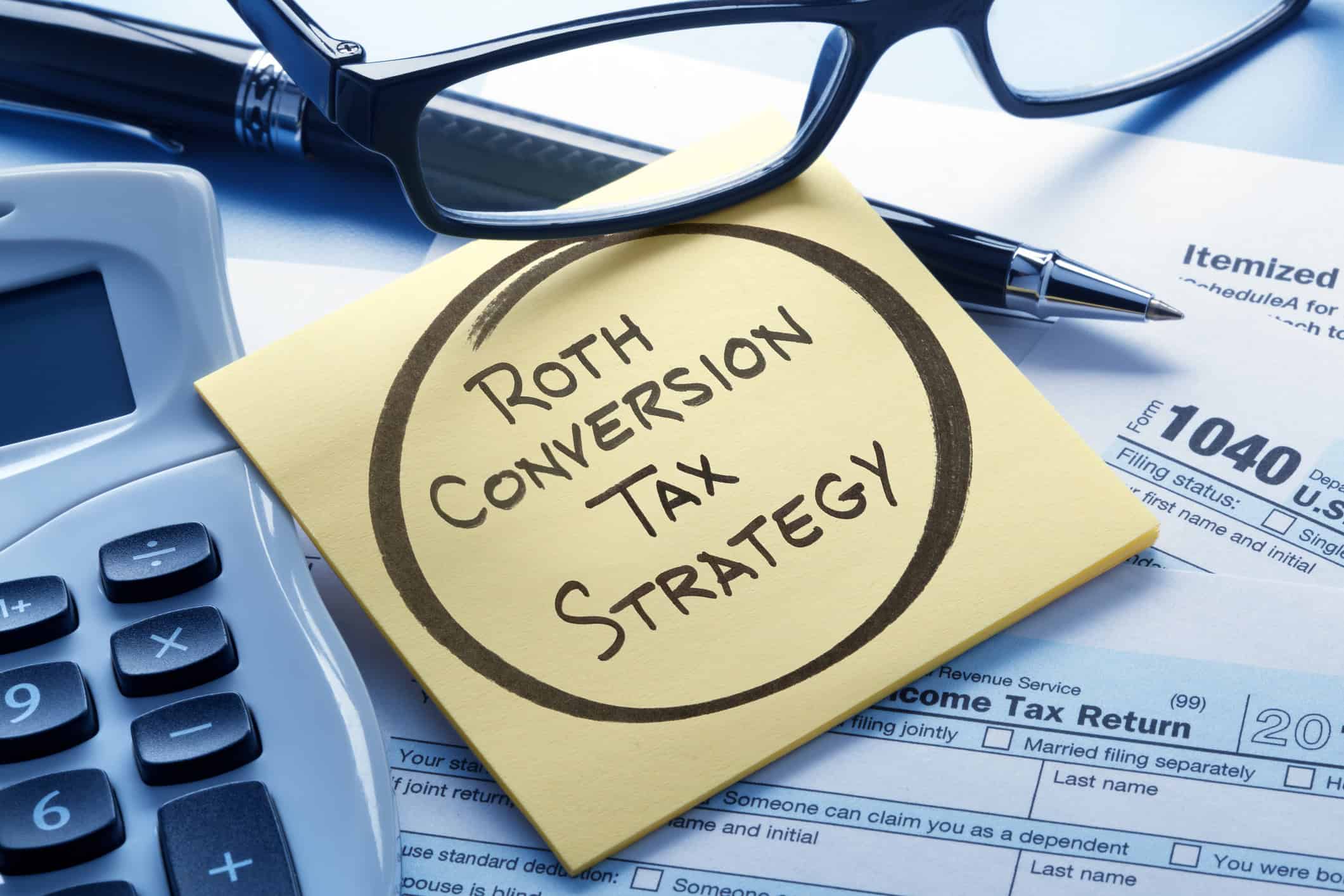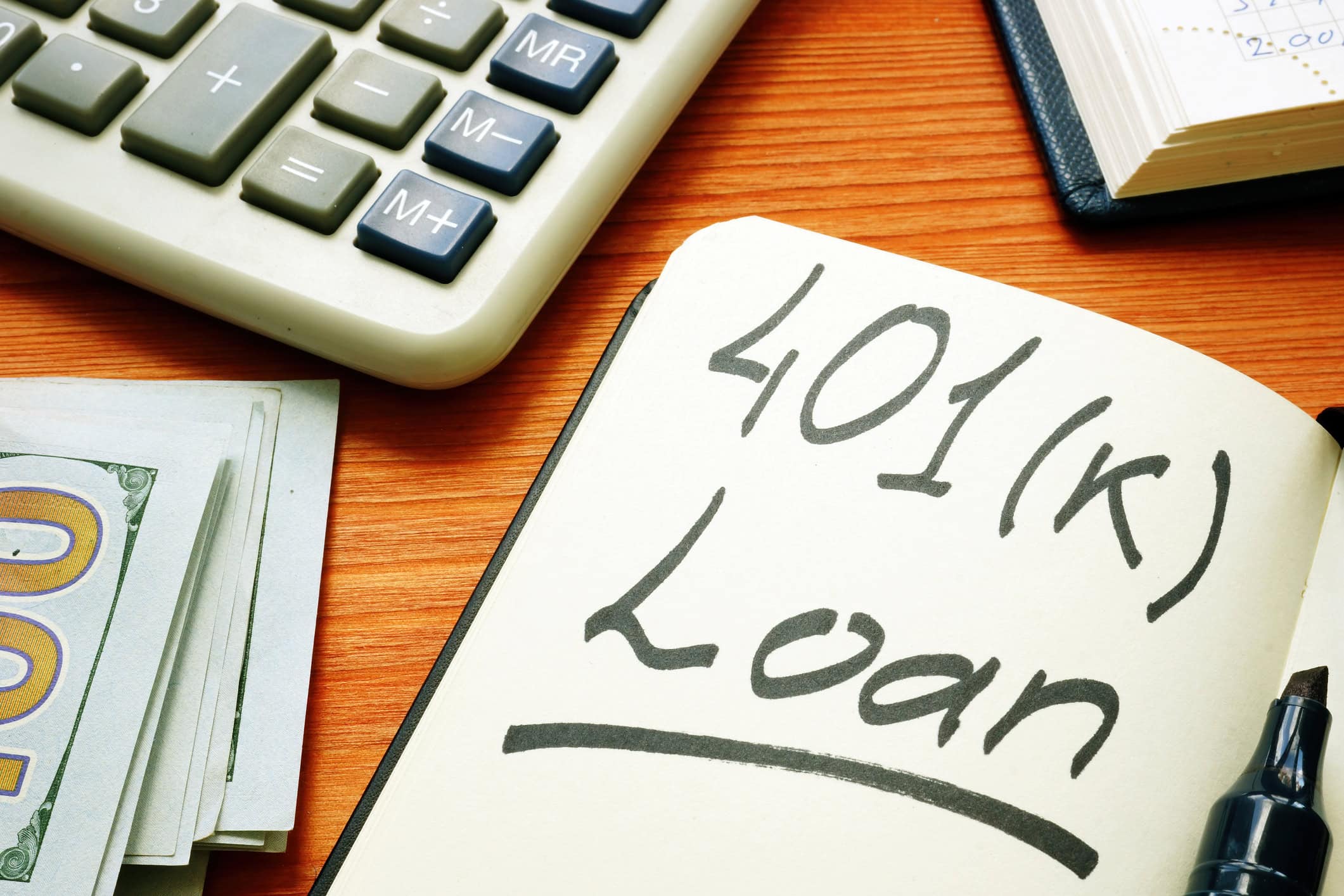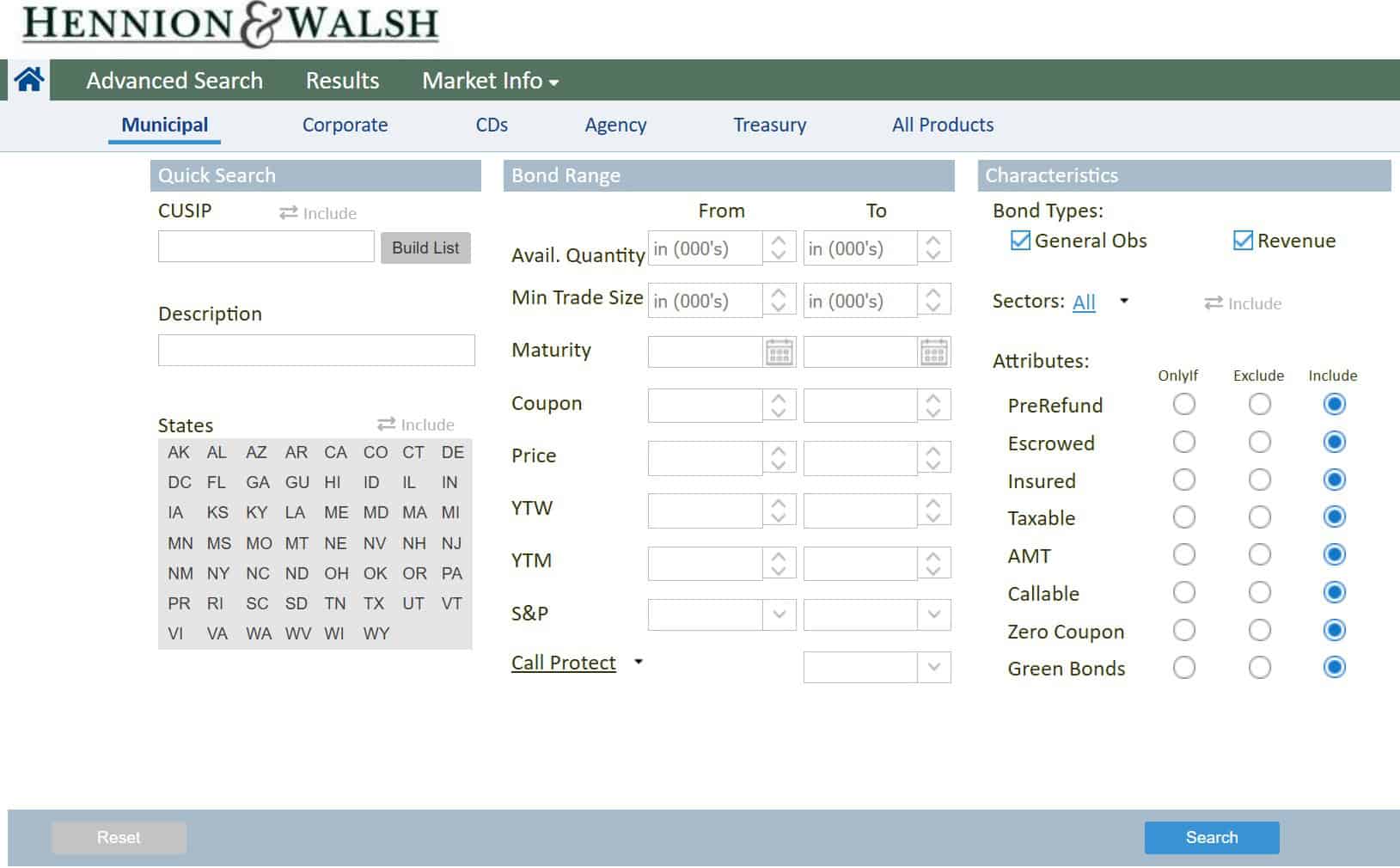
Certificates of Deposit: A Smart Investment for Your Financial Future
In the realm of personal finance, the security of one’s investments can be just as crucial as their growth potential. Certificates of Deposit offer a blend of safety and yield that is hard to match. Stability meets predictability. Designed for the conservative saver, Certificates of Deposit provide a guaranteed return in exchange for a fixed-term commitment to your capital. They form a key part of a robust savings strategy.
Understanding Certificates of Deposit
Certificates of Deposit (CDs) are time-bound financial instruments issued by banks or credit unions. They provide a fixed interest rate over a specific period, with your funds remaining locked in during that time. By giving up immediate access to your capital, you earn rates typically higher than those offered by savings accounts.
The appeal of CDs lies in their predictability and the array of terms available, which can range from a few months to several years. When mapping your financial horizon, CDs come into play as a reliable component, immune to the volatility of the markets. The certainty of return and principal protection makes them a fundamentally sound choice for the risk-averse investor seeking stable growth for their capital.
CD Basics: What Are They?
Certificates of Deposit are secure, interest-bearing deposits with a predetermined maturity date. Certificates of Deposit outpace traditional saving accounts in interest earnings, providing a more lucrative safety net. As fixed-income vehicles, CDs assure returns at a fixed interest rate over a set period, without market volatility risk. Despite liquidity trade-offs, CDs offer a prudent investment for capital preservation and predictable financial planning.
Rates Explained: Fixed Returns
Certificates of Deposit (CDs) offer a steady interest rate, ensuring a predictable revenue stream contingent upon the term agreed upon at the contract’s inception. This fixed rate is a hallmark of CDs, offering peace of mind and a calculable future return. The interest rate is locked in for the duration of the CD’s term, eliminating the risk of fluctuating rates. Investors benefit from these fixed rates especially when market interest rates drop, thereby shielding their returns from the whims of market volatility.
This rate remains constant irrespective of rate movements in the broader economy, thus providing shelter from interest rate risk, a valuable feature for conservative investors. While fixed rates are generally lower than potential yields from other variable-rate investments, they offer the assurance that the return is both predictable and guaranteed, contributing to a diversified and balanced portfolio. In essence, a CD’s fixed rate acts as an anchor within an investment strategy, providing a dependable income stream that complements riskier investment positions.
Terms of Investment
Thoroughly understanding the terms of your CD is crucial in aligning your financial objectives with its fixed maturity dates and interest rates.
- Maturity Terms: These range from a few months to several years, dictating the lock-in period for your investment.
- Interest Rates: Typically, longer-term CDs entail higher interest rates, reflecting the greater commitment from the investor.
- Minimum Deposits: Some CDs require a minimum balance to initiate investment, potentially restricting accessibility for some investors.
- Early Withdrawal Penalties: Accessing your funds before maturity can result in significant penalties, undercutting the accrued interests.
Investors must weigh these terms against liquidity needs and interest rate expectations to optimize their savings potential. Carefully selecting a CD that complements your liquidity profile is essential, as premature withdrawals may compromise your financial strategy.
Selecting the Right CD
When choosing a Certificate of Deposit (CD), investors must meticulously assess their financial goals against the CD’s distinct features. Decisions hinge on the trade-offs between higher interest rates offered by longer maturities and the restrictions they impose on capital liquidity. Investors should also consider the impact of prevailing and anticipated interest rate environments, which can substantially affect the attractiveness and relative yield of CDs. The quintessence of precision lies in forecasting your cash flow needs and aligning them with the maturity structure, to abstain from incurring early withdrawal penalties. Ultimately, the appropriate CD selection harmonizes yield optimization with fiscal discipline, ensuring a steadfast approach to savings growth.
Comparing Bank Offers
When analyzing bank offers for CDs, one should scrutinize the nuances of each institution’s terms.
- Annual Percentage Yield (APY): Ascertain the interest rate and compound frequency.
- Term Length: Evaluate how the term aligns with your financial timeline.
- Early Withdrawal Penalties: Understand the consequences of accessing funds before maturity.
- Minimum Deposit Requirements: Check the threshold for initiating an investment.
- Renewal Policies: Be aware of automatic renewal stipulations and grace periods.
- Additional Features: Consider options like step-up rates or add-on deposits.
Rigorously comparing these elements will illuminate the optimal choice. Never undermine the importance of a bank’s reputation and financial stability.
Deciding on CD Length
Selecting the term of a Certificate of Deposit (CD) is a pivotal decision that affects yield and liquidity.
- Short-Term CDs (3-12 months): Ideal for investors seeking flexibility and access to funds in the near future.
- Medium-Term CDs (1-3 years): A balance between higher yields and moderate commitment.
- Long-Term CDs (3-5 years or more): Suited for those prioritizing maximum yield over liquidity.
Anticipate financial needs to avoid early withdrawal penalties linked to premature redemptions. Duration selection profoundly impacts the intersection of return rates and investment horizons.
Ladder Strategy Benefits
The liquidity advantage is immediate, providing continuous access to funds at interval maturities.
By spreading investments across a variety of terms, a ladder strategy mitigates the risks of fluctuating interest rates. Investors can capture higher yields offered by longer-term CDs, while shorter-term rungs provide recurring access to funds for reinvestment or liquidity. This tactic hedges against rate volatility, securing more consistent returns than stashing funds in a single maturity.
Furthermore, diversifying CD maturities within a laddering approach alleviates the impact of reinvestment risk. Should interest rates decrease, only a portion of the portfolio is subject to renewal at these lower rates, preserving the overall yield potential. Conversely, if rates increase, upcoming maturities can capitalize on higher-yielding opportunities.
Ultimately, a well-structured CD ladder amplifies investment flexibility. As individual CDs mature, options abound: reinvestment in rising rate environments, reallocation to different assets for strategic diversification, or access to cash for unforeseen expenses. Such a configuration grants investors the ability to adapt to both the interest rate climate and personal financial trajectories.
Maximizing CD Returns
Leveraging compounding interest is elemental in boosting Certificate of Deposit (CD) yields. By selecting CDs with the highest permissible interests, compounded daily, the accruement galvanizes savings significantly.
Investors should also scrutinize the early withdrawal penalties associated with CDs. Optimal returns hinge on avoiding premature cash-outs. The resultant fees could eradicate interest gains, eclipsing the merits of initial rate advantages.
Lastly, staying abreast of rate trends empowers investors to time their CD purchases effectively. Market insights can unveil opportune moments to lock in rates, maximizing returns on CD investments amidst fluctuating economic landscapes.
Interest Rate Optimization
Intelligent allocation can enhance interest earnings. By conducting a thorough analysis of prevailing interest rates across different financial institutions, investors are better positioned to select certificates of deposit offering superior yields. This requires a keen awareness of the macroeconomic environment, along with an understanding of federal monetary policy shifts, for they bear significant influence on interest rates. Consequently, the choice of institution and timing of CD purchase become pivotal in optimizing returns.
Interest rates are inherently dynamic, reflecting broader economic shifts. Creating a ladder strategy wherein CDs with varying maturities are purchased. Can provide a balance between liquidity and yield optimization. It allows investors to benefit from higher rates on longer terms while retaining access to funds as shorter-term CDs mature. This tactic demands close monitoring and a strategic reinvestment plan.
Developing a comprehensive interest rate sensitivity analysis is crucial. An investor’s penetration into this market should be underpinned by meticulous due diligence, informed prognostication, and strategic positioning in anticipation of rate fluctuations. The landscape post the 2023 Federal Reserve rate hikes offers a testament to the imperative of staying abreast with the current economic state to harness yield optimization opportunities to their fullest potential.
Reinventing Through Rollovers
Rollovers play a critical role in perpetuating the vitality of a certificate of deposit (CD) investment strategy. Savvy investors understand that the expiration of a CD term is not an endpoint. But an opportunity for financial reinvigoration, allowing funds to be redirected towards CDs with more favorable terms based on the current interest rate environment.
The act of reinvesting through a rollover can maximize the potential of your savings by ensuring investments are continually aligned with the most advantageous rates and terms available. This judicious management of maturity dates and interest rates requires an agile response to fluctuating market conditions, harnessing each CD’s culmination as a springboard for enhanced earnings.
Rollovers, strategically executed, can compound the cumulative interest yield over time. For instance, reinvesting the funds from a maturing short-term CD into a longer-term vehicle when rates are ascending can lock in a higher yield, effectively bolstering an investor’s return on investment. The meticulous reallocation of capital at the point of maturity secures a foothold in the most advantageous segments of the yield curve.
Long-term financial goals further underscore the importance of the rollover strategy; it ensures that savings do not stagnate but remain active and productive. Consider the power of rollovers in embodying the principle of ‘money never sleeps’—it persistently works in favor of the investor, navigating through cycles of economic change and maintaining the pursuit of optimal fiscal growth.
In conclusion, the art of mastering CD rollovers is an exercise in financial prudence and foresight. As each CD approaches maturity, the investor is granted a renewed opportunity to recalibrate their portfolio in concert with the dynamic interest rate landscape, perpetually seeking to reinforce and elevate their savings potential.
Risk Minimization Techniques
Investment in Certificates of Deposit (CDs) requires a strategic approach to safeguard capital and mitigate associated risks.
- Diversification Across Maturities: By dispersing investments across various maturities, you create a CD ladder that hedges against interest rate fluctuations.
- Quality Issuer Selection: Opt for CDs from reputable institutions with high credit ratings to reduce default risk.
- Rate Monitoring and Active Management: Stay informed on interest rate trends and stand ready to adjust your holdings responsively.
- Inclusion of Callable CDs: While offering higher rates, they require vigilance for potential early redemption by the issuer.
- FDIC Insurance Maximization: Ensure your CD investments are within insured limits to protect the principal against bank failures.
Proper due diligence is essential for minimizing risks and optimizing the safety of your CD investments. The integration of these techniques provides a comprehensive risk management framework, vital for prudent investment in CDs.
Avoiding Common CD Pitfalls
Navigating the terrain of Certificates of Deposit (CDs) necessitates a clear understanding of potential pitfalls. It’s imperative to avoid “auto-renewal” neglect, where CDs roll over into new terms, often at suboptimal interest rates, without active investor decisions. To combat this, set reminders for maturity dates and proactively plan reinvestments. Investors must also be wary of early withdrawal penalties that can nullify interest gains; thus, aligning CD terms with cash flow needs is critical. Also, ensuring diversification beyond CDs is key, as overconcentration in CDs could limit portfolio growth potential amidst rising interest rates. Lastly, investors should remain vigilant against inflation risk—the silent eroder of purchasing power. Selecting CDs with rates that strive to outpace inflation is crucial for real returns. By steering clear of these common oversights, investors can adeptly incorporate CDs into their portfolios for enhanced stability and forecastable yields.
Early Withdrawal Consequences
Opting out of a CD before its maturity date incurs financial implications that detract from the instrument’s benefits. Such penalties manifest as forfeited interest, which may span several months or even a year’s worth, depending on the CD’s terms and duration.
For instance, withdrawing funds early from a 5-year term CD could result in the relinquishment of up to twelve months’ interest. This consequence is not just a simple deduction; it can represent a significant percentage of the accrued interest, essentially negating the compound growth that investors seek. Early withdrawal penalties are stipulated by the issuing institution and should be meticulously reviewed before investing in a CD.
Furthermore, frequent early withdrawals can lead to reputational impacts on financial institutions. Behind the scenes, this can affect your eligibility for future rate negotiations or special terms. Institutions track customer behavior and often incentivize those who exhibit steadfastness in their investment commitments, penalizing those who do not.
Finally, an overlooked aspect of early withdrawals is their impact on the investor’s broader financial strategy. When such actions become a pattern, investors may unwittingly compromise their long-term savings goals. They lose not only the immediate interest but also the potential future interest that could have accrued, compounding the opportunity cost over the horizon of their investment strategy.
Fee Structures and Fine Print
Penalties and fees can impact yield significantly.
When scouring the fine print of a Certificate of Deposit (CD), it’s crucial to parse the associated fee structures. Early withdrawal penalties, maintenance fees, and potential offer conditions can substantially erode expected returns. Moreover, unexpected fees can manifest, particularly if the terms of the CD are not met. Vigilance and understanding of the entire agreement is essential to circumvent the dissipation of your expected gains through punitive charges.
Always investigate potential ancillary costs.
Unforeseen administrative fees should be diligently explored. Not all institutions are transparent about these. Sometimes tucked away in dense legal language – but they can alter the landscape of your CD investment. Look out for fees such as account maintenance fees, transaction fees, and fees for additional services. These fees can eat into your returns and reduce the overall profitability of your investment. By carefully reviewing the fee structures and understanding the terms and conditions of the CD, you can ensure that you are maximizing your potential gains and minimizing unnecessary costs.
In addition to fees, it is important to be aware of any special conditions or requirements that may apply to your CD investment. Some CDs may have specific criteria that need to be met in order to receive the advertised interest rate or other benefits. For example, a CD may require a minimum balance or have restrictions on withdrawals. Failure to meet these requirements could result in lower interest rates or other penalties.
To avoid any surprises, it is crucial to thoroughly read and understand the fine print of the CD agreement. If you have any questions or concerns, don’t hesitate to reach out to the issuing institution for clarification. Being diligent in your research and understanding of the fee structures and special conditions can help you make informed decisions and protect your investment.




